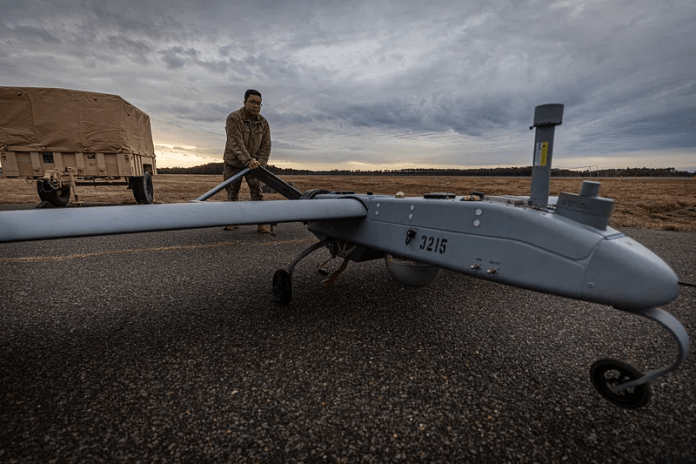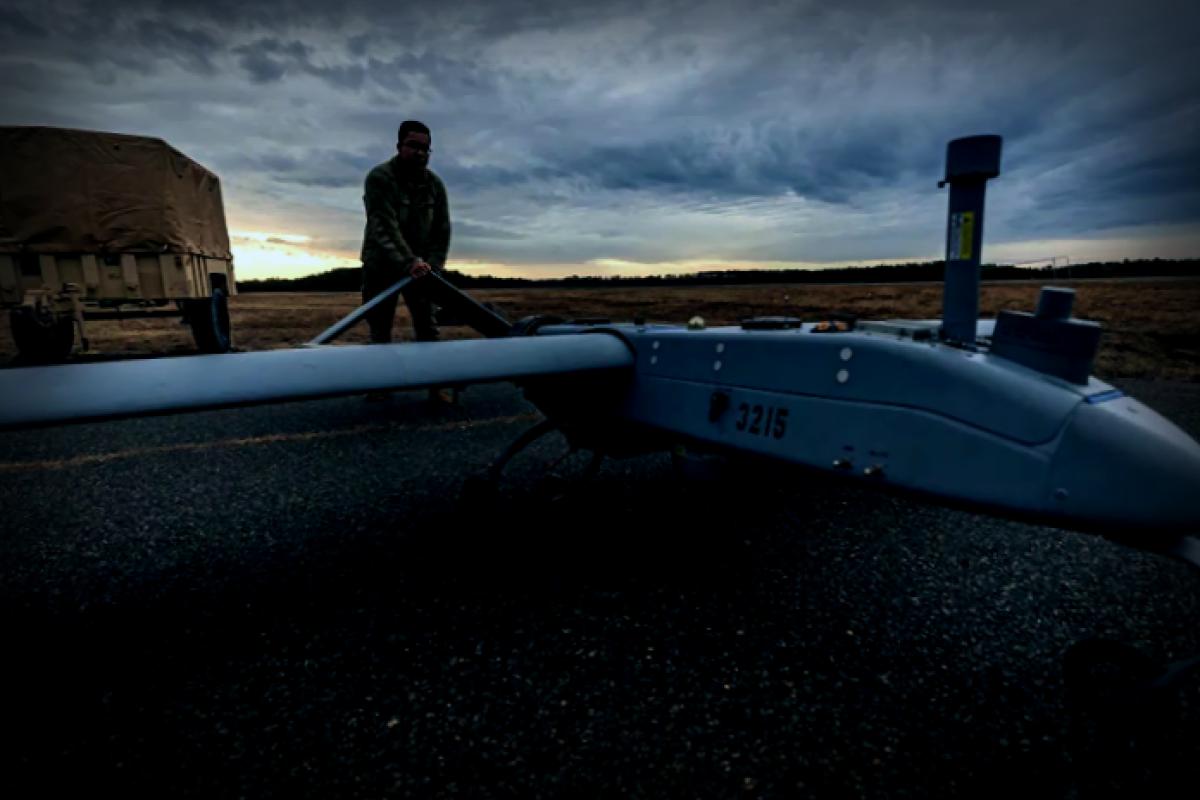Could the recent $50 million deal with the Pentagon really change the game of modern warfare? The plan to deliver 33,000 Skynode artificial intelligence (AI)-enabled strike kits to Ukraine by the year 2025 could signal a monumental shift in how unmanned aerial vehicles (UAVs) are applied and understood in military operations.

At the core of this initiative is the Skynode strike package — a compact, software-based tool by Auterion that merges a camera with radio control and some sophisticated algorithms. According to Auterion’s CEO, Lorenz Meier, these kits aim to convert everyday FPV drones into AI-driven weapons capable of spotting moving targets from a distance of one kilometre and functioning efficiently against electronic warfare interference. Meier emphasized, “The volumes we’re talking about here are unprecedented. We have shipped thousands already and are setting our sights on tens of thousands now.”
The technological advancements here are quite remarkable. Drones equipped with Skynode can keep their functionality intact, even in challenging electronic environments, thanks to innovative AI-enabled autonomy and strong communication systems. Their AI target-tracking feature draws data from onboard sensors, enabling these drones to follow and hit targets with a level of precision that was traditionally reserved for manned aircraft. This is more than just automation — it’s a transition towards software-defined warfare, which incorporates learning and adaptability into military technology.
This leap in tech comes at a crucial moment, as Ukraine faces ongoing attacks from Russian-Iranian Shayheed kamikaze drones. Russian strategies have adapted, utilizing both high- and low-altitude strikes to outsmart conventional air defense systems and identify radar gaps. Swarming tactics with hundreds of drones at once have put pressure on Ukraine’s defenses, resulting in recent reports indicating that drone penetration rates have tripled in just a few short months, as cited by the Financial Times.
The Skynode strike kit offers solutions to counteract these tactics. Its resistant communication systems aim to combat the advanced electronic warfare techniques now in play. New research into UAV countermeasures indicates that traditional radio controls and GPS are vulnerable to methods such as barrage jamming and GPS spoofing, which can mislead or disable drones. Skynode’s design focuses on frequency agility and spread-spectrum techniques, keeping missions on track even against modern jamming technologies.
One of the most groundbreaking aspects of this platform is its ability to enable swarm intelligence. With Skynode, groups of drones can operate autonomously, sharing sensor info and adjusting their strategies in real-time. This isn’t just a concept; it’s already in action, with Ukraine’s defense sector planning to deploy up to 1,000 interceptor drones daily, projected to cost around $6 billion as mentioned by President Volodymyr Zelenskyy. These interceptor drones, capable of swarm tactics, can saturate airspace, dynamically adjust to threats, and provide a flexible defense against large-scale Russian drone tactics.
Yet, the push for AI autonomy in armed UAVs comes with a host of technical and ethical dilemmas. While Skynode’s AI can identify and track targets, it’s a human who has the final say to engage. Meier stressed, “A human will always make that decision,” reflecting the wider defense community’s emphasis on retaining human control over lethal capabilities as highlighted in contemporary military AI governance frameworks. This approach — keeping humans “in-the-loop” — is designed to mitigate risks of escalation and unintended casualties, all while enhancing target discrimination and shortening the sensor-to-shooter timeline.
The implications of this tech reach beyond Ukraine itself. NATO allies are keeping a close watch on the advancements in these technologies, with many nations expressing keen interest in similar capabilities. As Meier observed, “This supports Ukraine, but it also represents a technology that… NATO countries are eager to obtain.” So, the Skynode deployment serves not just as a test case but also as a facilitator for the next wave of interconnected, AI-centric warfare.
For experts in defense and military strategy, the depth and innovation of this technology transfer mark a definitive moment. The fusion of AI autonomous systems, resilience against electronic warfare, and swarm strategies is not a distant vision; it’s actively being tested over the skies of Ukraine, which are already marked by conflict.



















